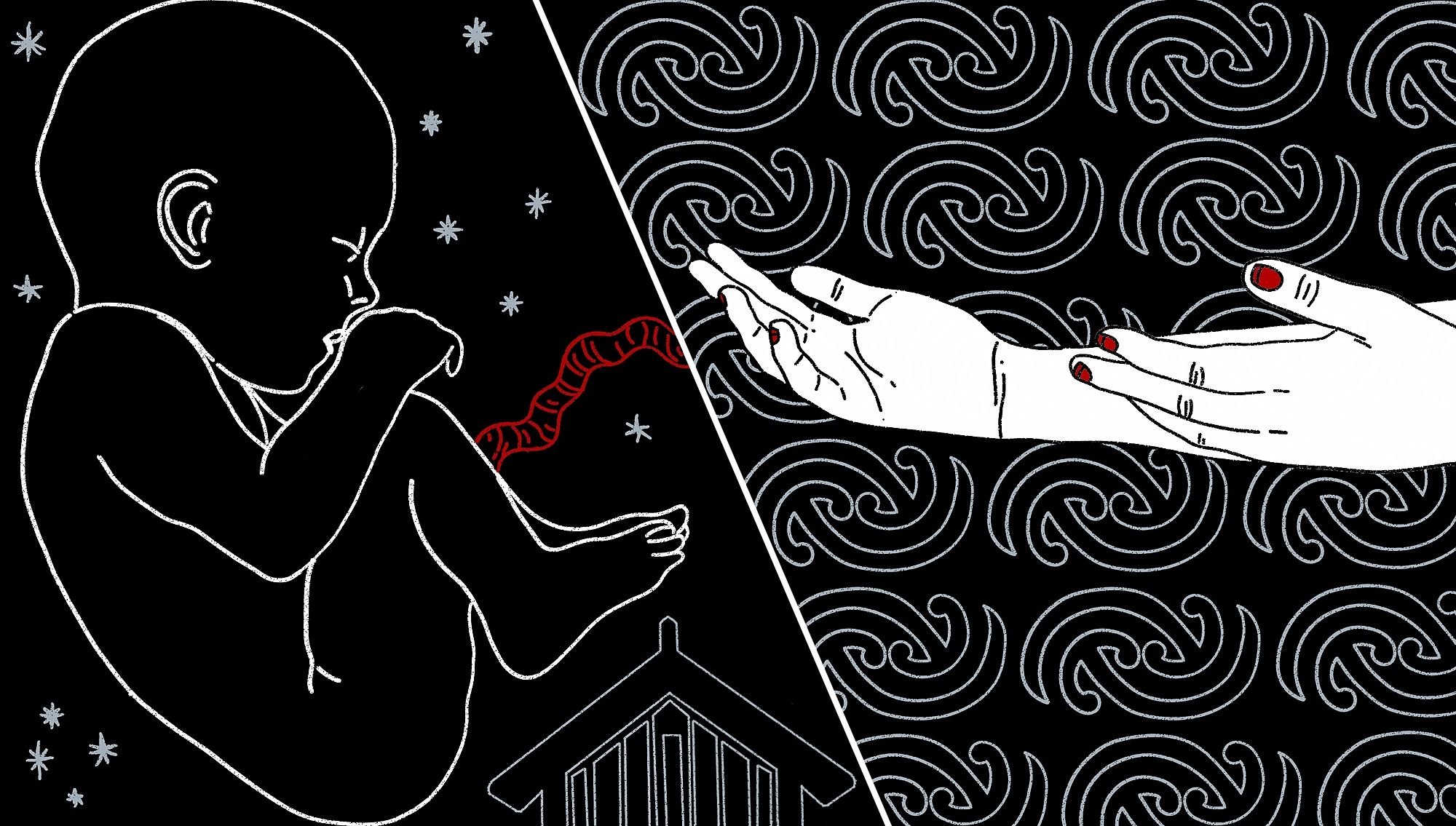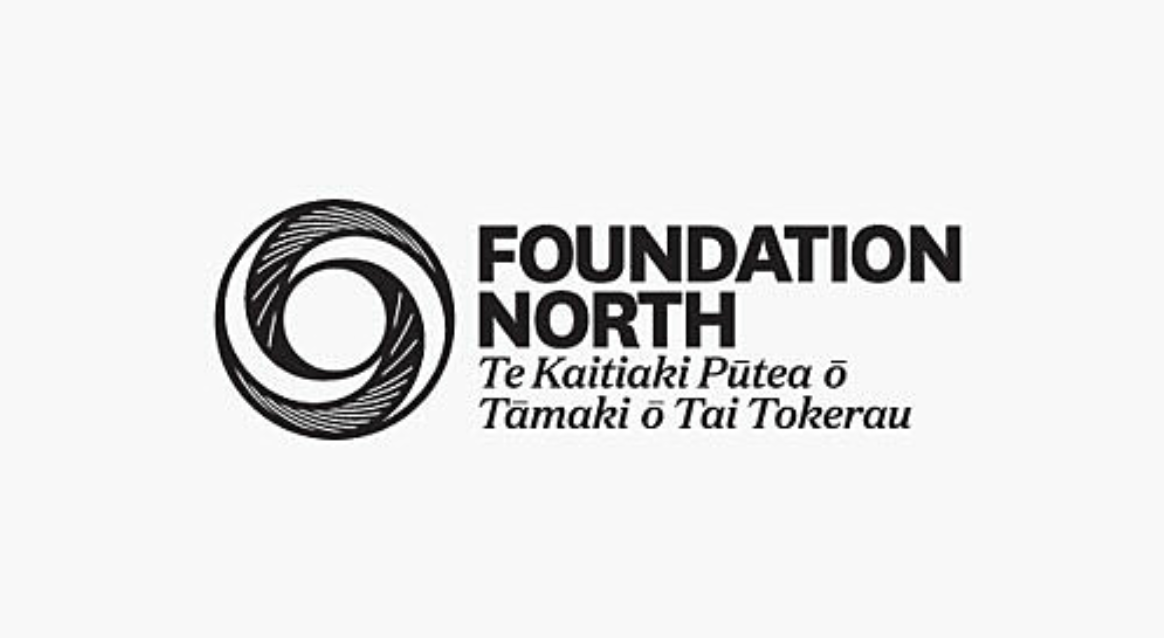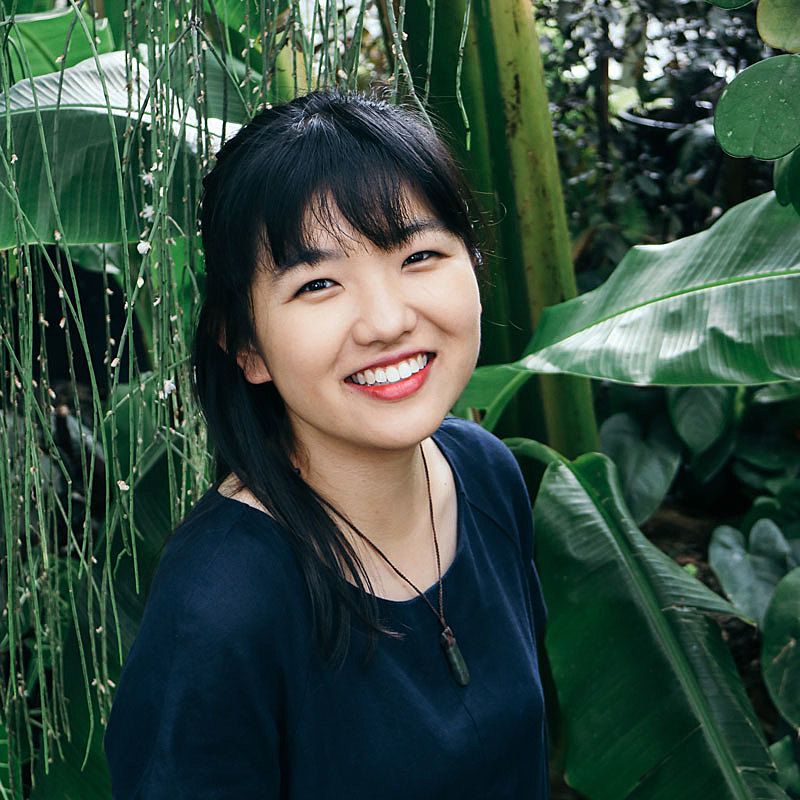The Truths we Bury About Childbirth in Aotearoa
A non-Māori med student learns and unpacks the truths we bury about childbirth in Aotearoa.
A non-Māori med student learns and unpacks the truths we bury about childbirth in Aotearoa.
It was a midwife who helped me deliver a baby for the first time last year. She obtained the mother’s consent to my being the first human to touch her baby as it entered the world, and led me through all the important steps for that first touch.
A midwife taught me how to safely deliver a placenta. Her gloved hands took mine as I gently applied pressure on the cord that had tethered the baby to its home for the last nine months. A midwife also taught me how to inspect this organ under lamplight to make sure no parts were left behind. She guided my attention to its deep red florets. Run your fingers across the cotyledons to make sure none are missing.
It was a midwife who showed me how to assess a woman’s perineum for trauma, how to examine a newborn, how to assist and advocate for a woman through some of her most vulnerable moments. In the shadows of the maternity wards, watching midwives work I learned just what it means to help women negotiate and define for themselves a new identity encompassing motherhood.
During those months of obstetrics and gynaecology as a medical student, obstetricians taught me many things as well. I’ll never forget the first time I learned how to confidently show a patient and her partner their baby’s face on an ultrasound machine. Their faces lit up as the baby’s profile came into view on the screen. She has your nose, I joked to the father. I had never seen that much joy in a hospital before.
I experienced what it’s like to stand with one foot planted either side of the border that persists between doctors and midwives.
But on this rotation, I experienced what it’s like to stand with one foot planted either side of the border that persists between doctors and midwives. It’s a temporary and transitional state for me – I will one day cross over to the ‘doctor’ side of this divide. So I was aware that this experience, learning under the wings of our nation’s midwives, was truly valuable.
Every midwife I shadowed expressed frustrations about how emotionally and financially unsustainable this pink-collar profession has become. The current maternity-care model, despite being a lead maternity carer and remuneration-based system, is one placing immense strain on its workers. Our DHB midwives going on strike was no surprise – we’ve known about the state of exhaustion in our maternity wards for some time.
Liam Dann, Business Editor-at-large for the New Zealand Herald, wrote that a period of low wage growth combined with a skill shortage may explain the recent surge of worker unrest that has swept through the country. It is also often a fact that unions are more likely to strike when a new government viewed to be more sympathetic gets in after a period of austerity. Those taking or planning to take industrial action include our teachers, bus drivers, court staff and doctors – pay disputes are cropping up left, right and centre.
For our nation’s midwives, however, the fight for fair pay is only the latest display of resistance in a long socio-political struggle over their scope of practice. It’s a story that had its beginnings more than 100 years ago with the arrival of British settlers. A story that ultimately had immense influence in the ways women would – and continue to this day to – give birth in Aotearoa.
*
Throughout six years of a densely-packed medical degree, it is almost inevitable that we unquestioningly absorb the values of an institution whose history we are not encouraged to investigate with the same scrutiny applied to the manifestations of illness. It is so easy to forget that our reasoning is not neutral, so easy to believe we graduate unscathed by the influence of history. But the deeper you dig, the more you realise that many practices aren’t based on indisputable facts about safety and health outcomes – but are rather products of the centuries-long fight over the care of pregnant women.
Midwives have had a fraught history both in terms of advocating for independence and in struggling to push back anti-midwife attitudes promoted by the larger, more powerful medical and nursing professions
Midwives have had a fraught history both in terms of advocating for independence and in struggling to push back anti-midwife attitudes promoted by the larger, more powerful medical and nursing professions. A contributing factor may be the lack of large-scale research demonstrating their efficacy.
In Aotearoa, several key pieces of legislation (The Midwives Act, 1904; The Nurses and Midwives Registration Act, 1925; The Social Security Act, 1938) accelerated and ensured the erosion of the midwifery role and the homogenisation of childbirth practice. Midwifery eventually became a part of nursing education, with the term ‘midwife’ being omitted in the Nurses Act 1971. Papps and Olssen state that “This legislation…confirmed the reduced status of the midwife as a nurse, destroyed her independent practitioner status, and required her to work under the supervision of a doctor….”[1] Caught in this crossfire of inter-professional contentions were pregnant women giving birth in an increasingly medicalised landscape.
Midwives eventually regained some footing through establishing the New Zealand College of Midwives, reinstating the controversial direct-entry midwifery programmes, and introducing the Nurse Amendment Act 1990, permitting practice as fully independent providers. Despite this, the historical dynamic which belittles midwifery practice still manifests in our beliefs and practices now. It’s imperative that those invested in providing and receiving the safest and most holistic care for pregnant women challenge the validity of hegemonic truths, and enable the re-adoption of the truths buried in our history.
*
With the importation of British medical modes and the associated values and tensions which came to mould childbirth in Aotearoa, Māori ways of giving birth were particularly affected. Māori women increasingly gave birth in hospitals. “The Tohunga Suppression Act constituted legislative enforcement of the racial subordination of Maori childbirth practices and knowledge from the first decade of the twentieth century,”[2] and following its legislation in 1907 came a rapid decline in traditional practices.
Childbirth was tapu to Māori, and the site of the delivery became tapu, so most Māori women gave birth outdoors or in a whare kōhanga (nest house constructed from fern, flax, and bark) that was burned after the delivery. Tapu would subsequently be removed from the site by the tohunga (ritual expert, priest, and healer).
Prior to the establishment of hospitals in Aotearoa, most European women gave birth in their own beds. The lithotomy position (lying supine in bed with legs flexed, spread and placed on supports) was widely adopted in 17th- and 18th-century Europe.[3] The favouring of this position wasn’t based on scientific research but rather likely due to factors such as the supposed comfort for women and convenience for male midwives. Māori on the other hand generally used upright birthing positions prevalent in a number of Polynesian and other cultures. Modern studies have demonstrated that these positions allow for the pelvis’s internal dimensions to expand more than with horizontal positions.[4]
Māori of higher status were supported by women during labour, but many others gave birth without assistance. Traditionally, it seemed that Māori viewed labour as an experience to endure in solitude, though attendants were sometimes present. Attendants could be male (in many communities husbands were the first choice) or female relatives. If births became complicated, a tohunga was called to aid the delivery using chants, karakia and recitals of the baby’s whakapapa.
These are just a few of the diverse and distinct aspects of traditional Māori birthing practice that colonisation buried and hid from our collective awareness. Learning about these practices isn’t part of the medical curriculum – my own knowledge came down to being at the right place and time when I met Tawera Trinder, midwife and facilitator of the pilot kaupapa Māori labour, birth and parenting education programme Hapū Wānanga. After guiding me through a birth at Taranaki Base Hospital, Tawera invited me to the Hapū Wānanga September event. It was optional and would take up two full days of my first weekend after the intense obstetrics and gynaecology rotation. So, early on the morning of September 1, I found myself, bleary-eyed, making the drive from New Plymouth down to Parihaka for the first time.
*
Hapū Wānanga is a programme striving to address the significant health and social inequities for Māori that offers many things that aren’t part of mainstream antenatal care. “Our people have a very unique and diverse culture, different from non-Māori,” says Tawera. “We have different lifestyles and ways of living. Many Māori find it hard to adapt and adjust to non-Māori ways (antenatal education and birthing, etc).”
Over the weekend, I watched Māori facilitators deliver sessions on nutrition, smoking cessation, stages of labour, analgesia options, birthing positions, management of labour, lactation and safe baby sleeping positions. There was also: a kuia-led workshop on making muka ties (hand-produced cords used to tie off the umbilical cord) from harakeke; a workshop on making clay taonga for storing whenua; and many conversations about creating culture-affirming environments. Women who attend the full wānanga also receive a flax wahakura containing beautiful bedding, Māori-designed wraps, woollen clothes (a safe, breathable material which helps babies regulate their body temperatures), and practical items suchas rongoā (kawakawa balms, wipes, etc).
Discourse on decolonisation is often imbued with ideas about reversal, remedy and resistance
Tawera says traditional practices and activities connect Māori back to tūpuna and old ways. From her experience as a midwife, she sees so much need for a wraparound programme such as this: one that is developed in a kaupapa Māori fashion, held on the marae or marae-like venue, and follows tikanga such as karakia, kai, pōwhiri and bringing people back to the marae. “For some it may be their first time,” she says. “So, this reconnects them back to our culture.”
Discourse on decolonisation is often imbued with ideas about reversal, remedy and resistance. This is certainly true in (my experience of) medical contexts in Aotearoa. However, this discourse often positions Māori in a perpetual state of exhaustion, placing the onus on Indigenous people to give up their time, energy, thoughts, bodies and opinions for the consumption and supposed betterment of colonial organisations and institutions.
During the weekend, the facilitators briefly commented on the impact of colonisation on Māori birthing practices, but the programme’s main focus lies elsewhere. The programme is instead designed to address barriers such as poverty that are the corollary of colonisation, while creating as affirming and supportive an environment as possible. Hapū Wānanga provides transport, petrol vouchers, comfortable seating and food throughout the weekend. “This is very important as [Hapū Wānanga] is a time for bonding and talking. Networking goes a long way, especially for women wanting friends or support,” says Tawera.
*
Puawai Cairns (Ngāi Te Rangi, Ngāti Ranginui, Ngāti Pūkenga), Head of Mātauranga Māori at Te Papa, writes in a guest blog post for the Center for the Future of Museums that the first definition of decolonisation she received was “as the undoing of colonial damage to the indigenous mind, body and soul.” For Cairns, this definition and its implication that Indigenous people needed to undertake a process of decolonising and reauthenticating their thinking was a source of resentment: “I disliked the premise that decolonisation was a demand on me to change but not on the colonial machinery around me.”
Colonial machinery that may ultimately be fundamentally resistant to decolonisation. Cairns’ commentary on Sumaya Kassim’s The museum will not be decolonised emphasises Kassim’s conclusions that:
...the museum will not be decolonised because systemic resistance is too great, the colonial bones go too deep, and decolonising requires much more sacrifice from colonial subjects than ever before.
Like our museums, Aotearoa’s medical systems have deeply set “colonial bones.” Too often, it’s the colonised groups in hospitals who are called to participate in ‘decolonising’ gestures that ultimately don’t bring about the changes needed. However, for both institutions there may be a brighter future involving ‘reMāorification,’ a more empowering process Cairns adopted from Māori scholar and lawyer Moana Jackson:
Moana shared that his preferred term to use in place of decolonisation in Aotearoa, is “reMāorification,” to recentre Māori voices in an act of restoring Mana Motuhake (independent thought and autonomy) and privilege the various ways that Māori perceived knowledge and knowledge sharing.
What might meaningful reMāorification look like in our healthcare systems? Though still a pilot programme, Hapū Wānanga is one example of a service aligned with Cairns’ interpretation of reMāorification’s ethos. Tawera says that feedback from participants often focuses on “the huge learning about our old ways and both contemporary and traditional birthing techniques. The beautiful gifts. The amount of knowledge and skills delivered. The acceptance and welcoming of whānau to wānanga. The empowerment women develop throughout the programme.”
what we know about childbirth is more an unfinished essay than a rulebook
The programme aims to create a difference that ripples throughout communities. This drives the rationale behind the inclusion of family in the programme – whānau are welcome to attend alongside expectant mothers. In providing services aimed at the wider whānau, the programme ensures that the health benefits reach further.
It’s a unique and empowering offering, the full potential of which is still being explored by the Taranaki District Health Board. The long-term future of this pilot is yet unknown, but it is certainly a bold, midwife-driven initiative that puts the mahi where the mouth is when it comes to the collaborative, inter-professional, and most importantly intersectional approach to which our healthcare system aspires. It embraces both a “By Māori for Māori services” approach and an “Implementation of cultural safety” approach, which Wepa and Te Huia identified as being part of the solution to ensuring Māori women “have their birth practices validated and not violated through the culturally safe practices.”
The programme is also a powerful reminder that what we know about childbirth is more an unfinished essay than a rulebook. Questioning the truths of how we do things is crucial to giving pregnant women the power to decide what is important to them in this moment of their lives, and to get a say in what happens next.
[1] Elaine Papps and Mark Olssen, Doctoring Childbirth and Regulating Midwifery in New Zealand: A Foucauldian perspective (Palmerston North, N.Z: Dunmore Press, 1997)
[2] Ibid
[3] Lauren Dundes, “The Evolution of Maternal Birthing Position,” American Journal of Public Health 77, no. 5 (1987): 636–641.
[4] SC Michel et al., “MR Obstetric Pelvimetry: Effect of Birthing Position on Pelvic Bony Dimensions,” American Journal of Roentgenology, (2002).
This piece was developed through Summer Fling, our mini-mentorship programme, supported by Foundation North. Illustration by Huriana Kopeke-Te Aho


